Nonwovens go from strength to strength
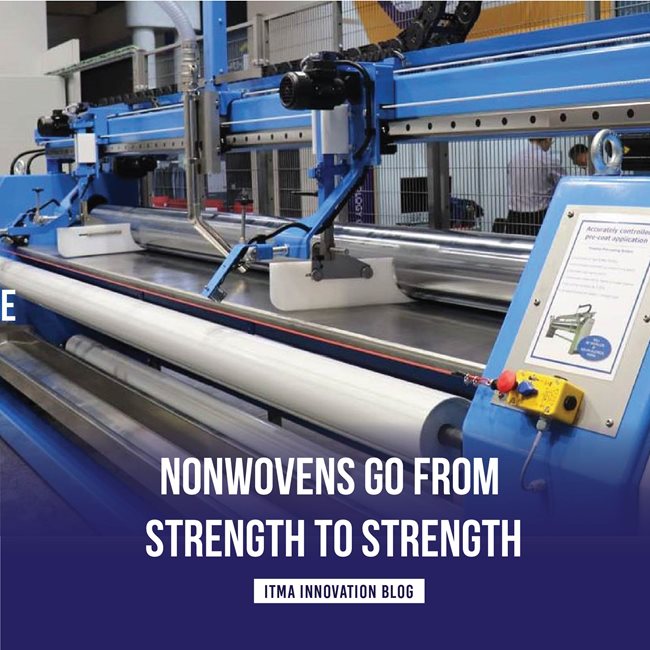
16 22
September 2027
Messegelaende HannoverGermany
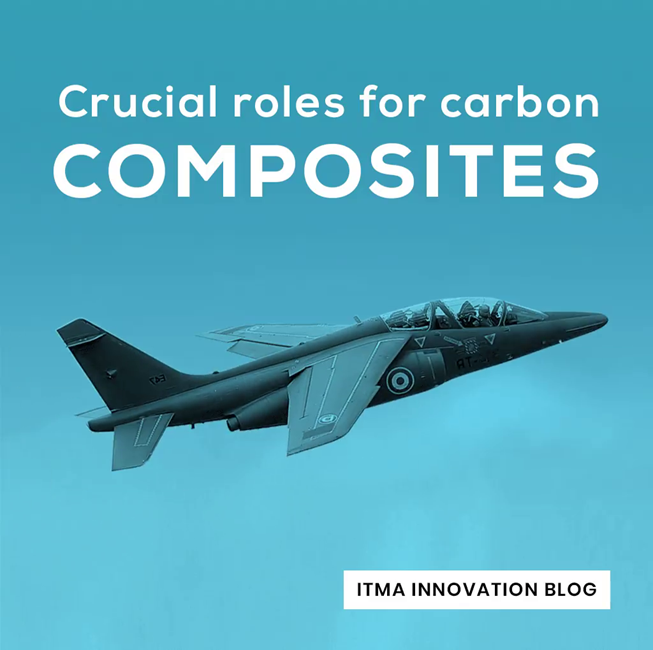
The limited use of carbon fibre composites began in commercial aircraft as early as the 1940s, with sporting goods manufacturers starting to use them in fishing rods, tennis rackets, golf club shafts, skis and surfboards in the 1970s and marking the initial impetus for the development of today’s global industry.
Over the past 30 years, the aerospace industry has developed methods for determining precise performance properties, established many new processing techniques and set up extended supply chains. As a consequence, carbon composites now account for over 50% of the weight of the latest Airbus and Boeing planes. Carbon composites are also now used in many other fields such as ground transportation, construction, wind energy, pipes and tanks, marine, electrical and electronics.
According to the German industry association Carbon Composites, the carbon composites market had a value of US$23.1 billion in 2018, based on the supply of some 78,500 tonnes of materials.
Carbon composite parts can be considerably stronger than those made from steel, yet the density of carbon fibre is also considerably lower than that of steel, making it ideal for applications requiring low weight, and this has ensured its rise in aerospace applications for significant fuel savings over the lifetime of a plane.
However, at around US$10,000 per tonne, carbon fibre is still very expensive and this cost has prevented it from wider use in certain fields such as mass transportation.

The Dornier Jet which made its first flight in 1974. Image: Tim Felce (Airwolfhound)
Many of the exhibitors at ITMA 2019 are already supplying equipment to the composites sector and an early pioneer was weaving machinery leader Dornier, which back in 1973 supplied structural components made of woven carbon fibre for the Alpha Jet designed by Dassault.
The Itema Group meanwhile, another leading manufacturer of weaving looms, has become much more involved in composites following its acquisition of fellow Italian company Lamiflex.
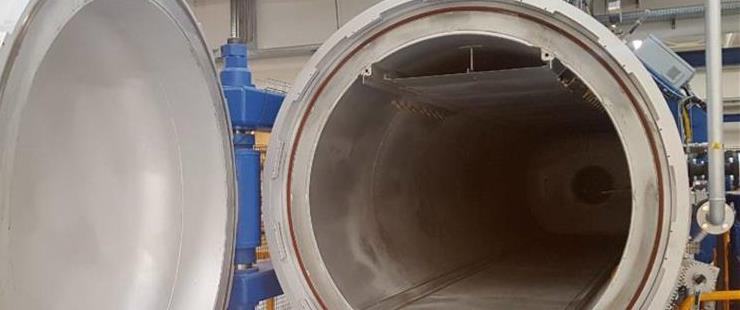
The new Lamiflex autoclave for the processing of carbon fibre components, including industrial rollers with a length of up to six metres.
As a specialist in advanced technical composite products Lamiflex has just introduced a new autoclave for the processing of carbon fibre components, including industrial rollers with a length of up to six metres.
The UK’s Cygnet Texkimp has developed a high-speed, 3D winding machine capable of making curved composite parts, while Germany’s Herzog is recognised as the global market and technology leader for braiding machines which make it possible to develop complex architectures from continuous carbon fibres.
Recycling
The high cost of carbon fibre, however, makes the recycling of carbon fibre very profitable and at present, needlepunching or airlaying waste carbon fibre into new nonwoven products is the most effective route.
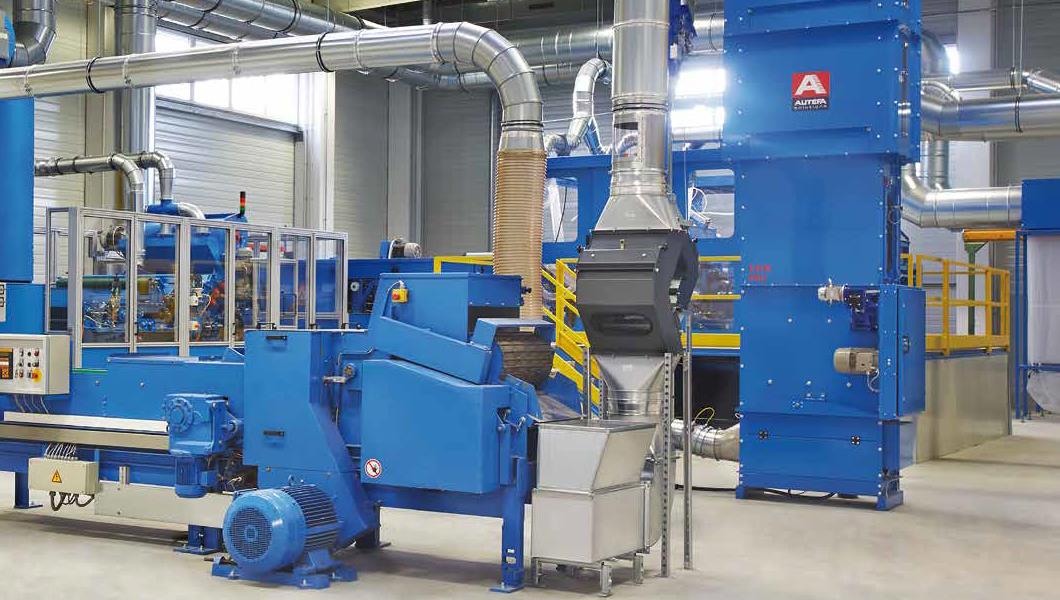
Autefa carbon recycling line at the Saxon Textile Research Institite (STFI) in Germany.
ITMA 2019 exhibitors including Autefa and Dilo manufacture dedicated needlepunching lines and other equipment for the recycling of carbon composites waste.
Around 20,000 tonnes of waste is generated each year during the production of carbon fibre composites, according to Autefa. In many hand lay-up processes that use carbon fibre woven material, for example, waste material can easily account for 50% or more of the total weight of carbon used. This waste is generated as the fabric is initially being cut, before impregnation with the matrix material. Additional waste is generated after the composite has been cured and during the post processing steps where the shape of the final part is further refined.
Autefa offers both its Airlay K12 and specially-developed Carbon Card as web forming machines and its Stylus needleloom and HiPerTherm oven for the bonding of recycled carbon webs.
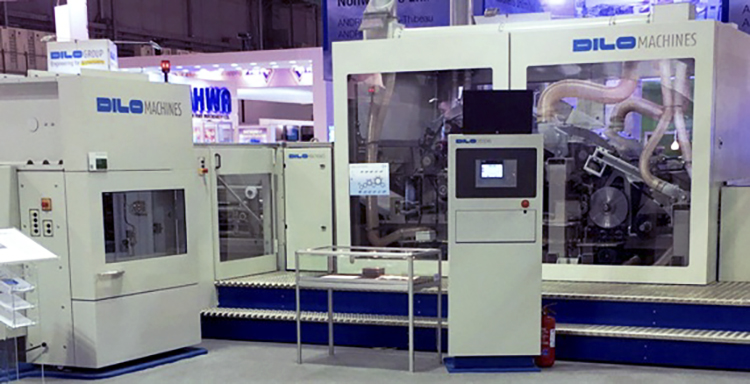
The Dilo line for the ITA in Augsburg, Germany, exhibited at ITMA 2015.
Dilo meanwhile showed a complete line for the development of products from recycled carbon fibres at ITMA 2015. It was subsequently installed at the Institut für Textiltechnik (ITA) in Augsburg, Germany and consists of bale opening, feeding, carding, cross lapping, needling and winding. This line is characterised by a compact design, fast adaption to changing production conditions and economic operation and is allowing ITA to focus on the development of new hybrid materials from differing types of carbon waste.
Premium components
The properties of carbon fibre composites are also ideal for certain premium components on textile machines themselves.
Knitting machines, for example, need to be solid and sturdy enough to withstand different effective forces, yet metal parts can impose restrictions in mechanical engineering.
In particular, the weight and thermal expansion of metal, as well as its limited stiffness, restrict the potential for increasing the rotational speeds of such machines for obtaining higher textile productivity.
It is for this reason that Karl Mayer is now manufacturing the bars for its warp knitting machines from carbon fibre composites, to achieve a rotational machine speed increase of 30% compared to the steel alternative.
The material also has an unequalled temperature stability, providing the chance to extend the temperature tolerance range to 14°C with trouble-free operation. Temperature fluctuations – which formerly resulted in machine stops or in adjustments of the rotational speed – can now be ignored, while the vibration damping of the carbon material ensures consistently high product quality.
All in all, Karl Mayer says the replacement of metal bars with carbon fibre composites results in a 16% reduction in investment costs and a 26% drop in energy consumption.
Lamiflex naturally makes certain carbon components for Itema’s weaving machines, while Monforts is meanwhile now offering the coating roller for its texCoat and Allround coating units as an optional carbon fibre version, in order to meet even the highest level of coating accuracy.
The carbon rollers provide the extreme stiffness necessary to deal with the winding tension required in the processing of materials such as prepregs for composites and other heavyweight fabrics, but at the same time, a significant improvement in coating accuracy is achieved, the company explains.
So in this last example, carbon fibre composites are even being employed to manufacture themselves!
Subscribe to our mailing list and stay up-to-date with news and developments in ITMA and the textile and garment industry.